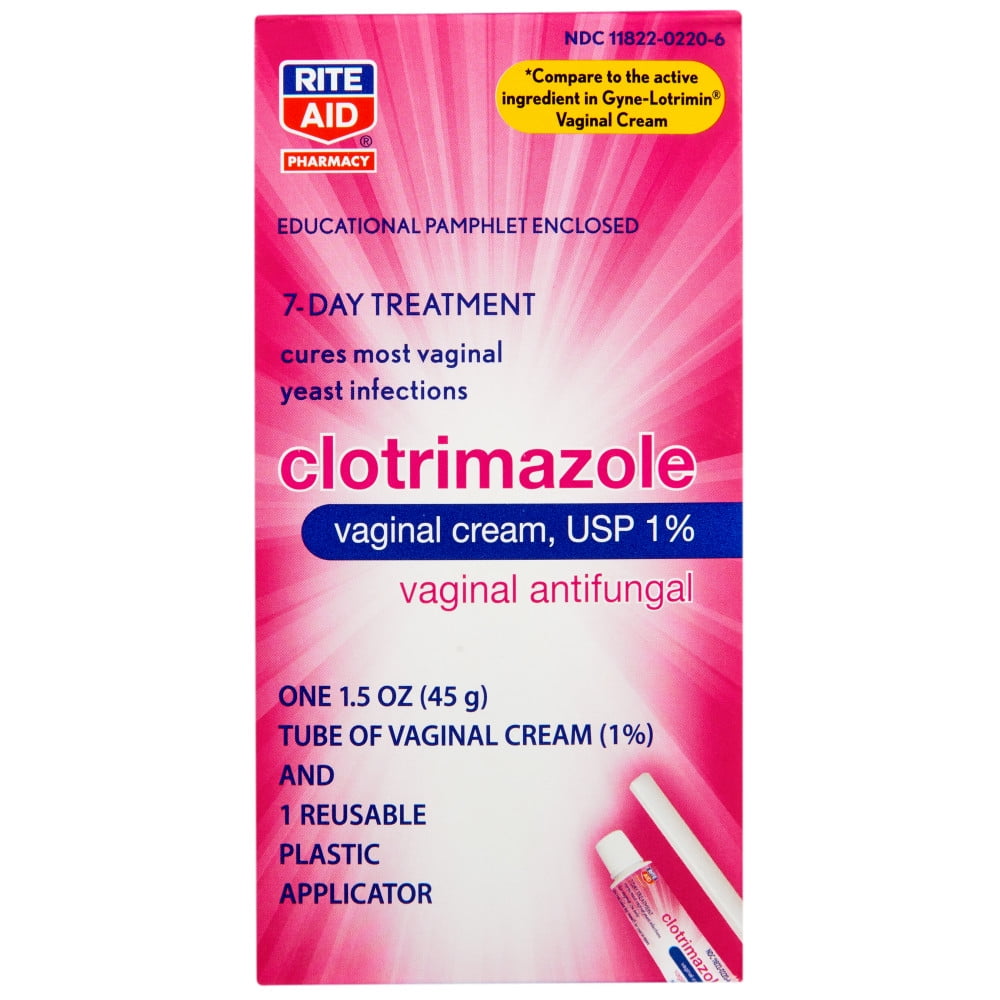Yeast infections, chiefly caused by the overgrowth of Candida species, are prevalent among individuals with vaginas, often manifesting in a host of uncomfortable symptoms such as itching, irritation, and discharge. As such, antifungal creams represent a vital component of both symptomatic relief and the eradication of yeast infections. This article delves into the multifaceted realm of antifungal creams, elucidating their mechanisms, applications, and the intriguing interplay between drug formulation and antifungal efficacy.
Understanding Yeast Infections
Yeast infections, otherwise referred to as vulvovaginal candidiasis, occur when the naturally occurring yeast in the vagina proliferates uncontrollably. This condition is often precipitated by factors such as antibiotic usage, hormonal fluctuations, and immunosuppression among others. The consequent imbalance in the vaginal microbiota leads to symptomatic distress, prompting the necessity for effective treatments. While the etiological role of Candida albicans is well-documented, non-albicans species such as Candida glabrata and Candida krusei are increasingly recognized as significant contributors to recurrent infections. Understanding these underlying mechanisms forms the bedrock for an effective treatment strategy.
Composition of Antifungal Creams
Topical antifungal agents are enzymatically designed to disrupt the cellular integrity of fungal organisms. The most commonly utilized antifungal in creams for yeast infections is Clotrimazole, which belongs to the imidazole class of antifungals. Clotrimazole exerts its therapeutic effects by inhibiting ergosterol synthesis, a crucial component of fungal cell membranes. This inhibition results in a compromise of cell membrane integrity, leading to cellular lysis and death of the organism. Alternative antifungal agents such as Miconazole and Tioconazole also maintain similar mechanisms of action, yet their specific pharmacodynamics and pharmacokinetics can differ slightly, influencing their overall effectiveness and user tolerance.
Therapeutic Application of Antifungal Creams
The primary application of antifungal creams lies in their localized treatment of yeast infections, offering targeted relief. These formulations are typically applied to the affected areas, allowing for high localized concentrations of the active ingredient. Most formulations are available in tube or applicator forms, enhancing user convenience and ensuring proper administration. The typical duration of treatment ranges from three to seven days, although this can depend on the severity and chronicity of the infection.
It is imperative to follow guidelines carefully and adhere to recommended dosages to obtain the desired therapeutic outcome. In addition to their antifungal action, these creams often contain additional ingredients designed to alleviate itching or discomfort, thereby providing symptomatic relief while simultaneously targeting the root of the infection.
The Efficacy of Combination Therapies
Current clinical evidence endorses the potential benefits of combining topical antifungal creams with adjunctive therapies. Such combinations may include oral antifungal agents for more robust cases or probiotics to modulate the vaginal flora. Probiotics, particularly those containing Lactobacillus species, are believed to support the restoration of a healthy vaginal microbiota by competing with Candida for adherence to epithelial cells. The synergistic effect of such treatments may expedite recovery and reduce the likelihood of recurrence, thus challenging conventional single-agent therapy.
When Antifungal Creams Are Insufficient
Though antifungal creams are a cornerstone of treatment for uncomplicated yeast infections, there are circumstances under which they may prove inadequate. Recurrent and complicated yeast infections, characterized by four or more episodes within a year or those that involve severe symptoms, may necessitate a more comprehensive approach. These situations require close collaboration with healthcare professionals to tailor a treatment plan that may include oral antifungals, extended therapy, or further diagnostic evaluations to exclude underlying conditions such as diabetes or immune disorders.
Adverse Reactions and Considerations
While antifungal creams are generally well-tolerated, adverse reactions can occur. These may manifest as localized irritation, allergic reactions, or skin rashes. Understanding patient history and potential sensitivities is crucial in minimizing such risks. Moreover, it is vital to adhere to proper hygiene practices while using antifungal creams to ensure optimal healing and to avert further infections. Patients should be counseled on avoiding irritants such as douches or perfumed products during the treatment period.
Prevention Strategies Beyond Medication
While antifungal creams can effectively treat current infections, prevention plays a pivotal role in managing the risk of recurrent infections. Counseling on appropriate hygiene practices, diet modification, and the judicious use of antibiotics can substantially decrease incidence. For instance, wearing breathable cotton underwear, maintaining optimal vaginal pH, and consuming a balanced diet rich in probiotics may contribute to maintaining a healthy vaginal environment.
Revolutionary Developments in Antifungal Treatments
As antifungal resistance becomes an escalating concern in the medical arena, innovative therapies are being developed to combat this issue. Researchers are exploring the feasibility of novel antifungal agents that adopt unique mechanisms, such as disrupting fungal signaling pathways or inhibiting biofilm formation. These advancements not only enhance the treatment landscape for stubborn infections but also usher in an age of personalized medicine in the treatment of candidiasis, challenging traditional paradigms of care.
Final Thoughts: A Call for Action
In navigating the complexities of yeast infections, it becomes imperative to recognize that antifungal creams are merely one component of a larger treatment strategy. The choice of therapy, whether it involves topical antifungals, oral medications, or adjunctive measures, should be individualistic and tailored based on clinical presentation, recurrence patterns, and patient preferences. Comprehensive education surrounding risk factors, proper usage of antifungals, as well as prevention strategies paves the way for informed decisions and optimal health outcomes. In confronting the challenge presented by yeast infections, taking proactive steps can catalyze significant improvements in quality of life.
